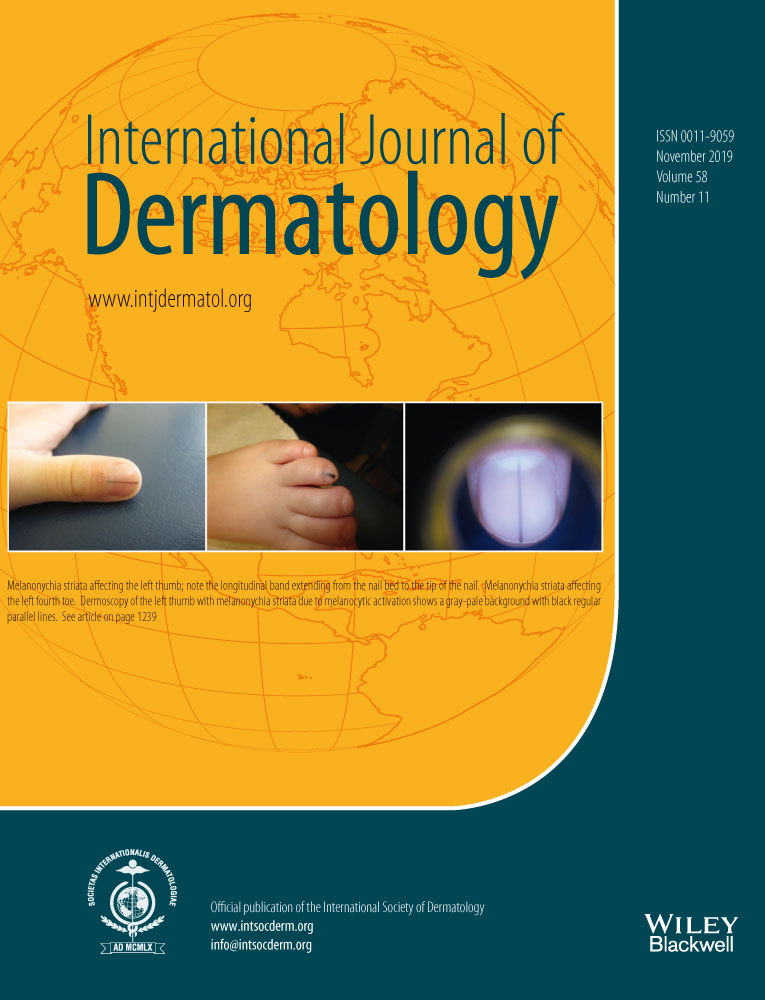Clinical and epidemiologic features of melasma: a multicentric cross-sectional study from India
Abstract
Background
Though melasma is a common skin condition in India, epidemiological studies are few and geographically confined. The present study was designed to gain insights into factors involved in causation and aggravation of melasma, demographic distribution, clinical presentations, and treatment patterns.
Methods
A cross-sectional multicentric study was conducted in 10 centers distributed across the four regions of India. Data including demographics, personal and family medical history, triggering and aggravating factors, clinical patterns, and details of past treatment regimens were recorded, and severity was estimated using the modified Melasma Area and Severity Index (MASI) score. Data collected by site dermatologists were collated and analyzed.
Results
The study evaluated 1,001 patients with melasma from 10 centers. Mean age was 38.02 years. Females dominated (85%). Proportion of males was highest in the east (22.2%) and lowest in the south (10.8%). Majority of patients belonged to intermediate skin phototypes. There was a significant difference (P = 0.000) between duration of sun exposure and duration of cooking fire/occupational heat exposure across the four regions. There was a significant association (P = 0.003, Mann-Whitney U test) and a positive correlation between duration of cooking heat/occupational heat exposure and severity of melasma. Sunscreens were used by only one-fifth of the study population (19.6%) whereas use of steroids and triple combinations was more common (28%).
Conclusion
One of the largest studies on melasma from the subcontinent, this study describes the epidemiological determinants of melasma. Data suggests that the duration of cooking fire/occupational heat exposure may be linked to severity of melasma. Sunscreen use seems inadequate in Indian patients; use of steroid-containing medications is more common.




